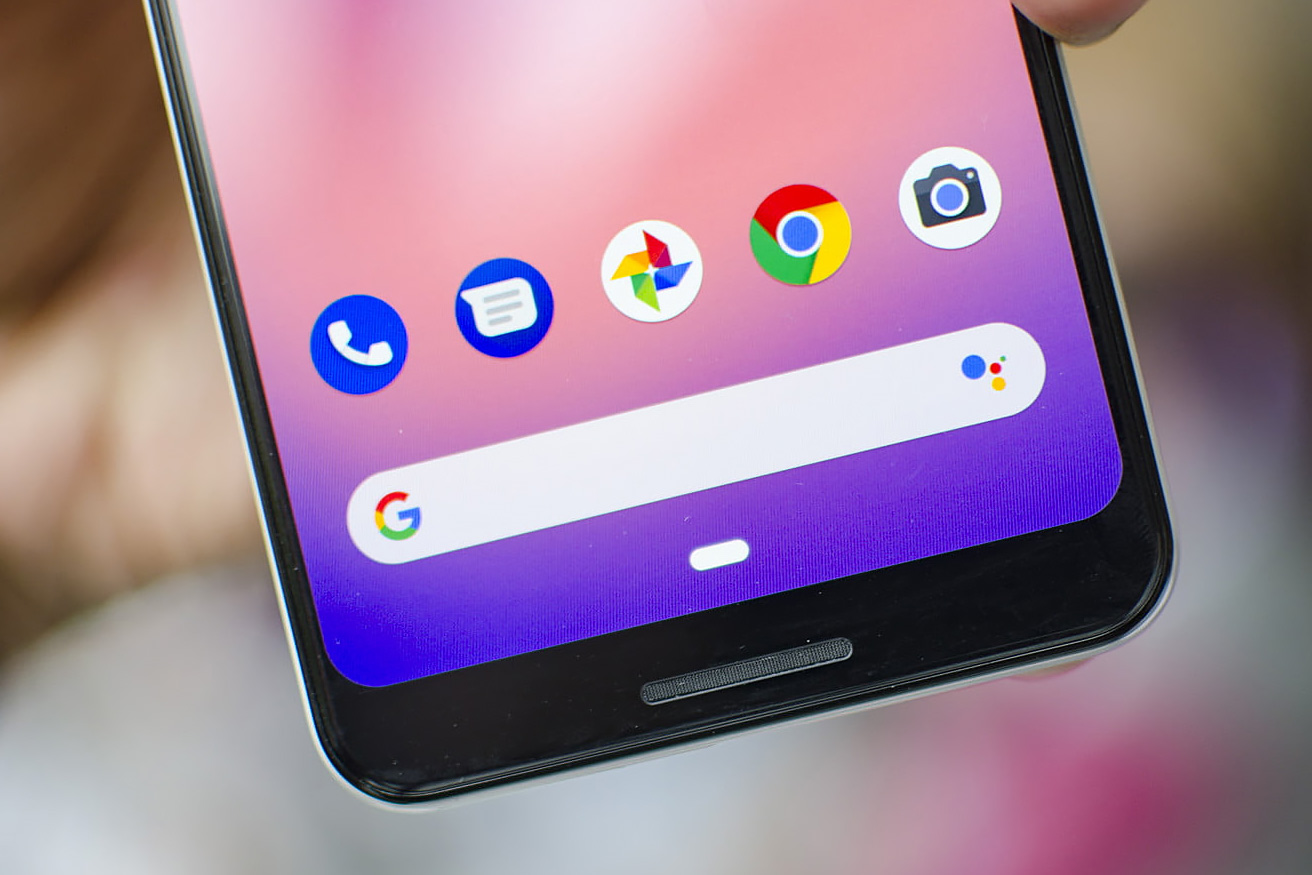
Introduction
Communication through text messages has become an essential part of daily life. Android devices, with their robust messaging apps, offer a wide range of features to enhance user experience. However, sometimes these features can become a hindrance, especially when it comes to privacy and security. One such feature is the lock symbol that appears on certain text messages. This symbol indicates that the message has been encrypted or is from a sender who has chosen to lock their messages. While this feature is designed to protect sensitive information, it can sometimes be inconvenient or confusing for users. This article will guide you through the process of removing the lock symbol on Android text messages.
Understanding the Lock Symbol
Before diving into the steps to remove the lock symbol, it's important to understand what it signifies. The lock symbol typically appears on messages that are encrypted or have been sent using end-to-end encryption. This means only the sender and the intended recipient can read the message, and no third party can intercept or decode it. The lock symbol is usually accompanied by a message indicating that the conversation is encrypted.
Types of Encrypted Messages
There are several types of encrypted messages that may display the lock symbol:
- End-to-End Encryption: Messages are encrypted on the sender's device and can only be decrypted on the recipient's device.
- Secure Messaging Apps: Apps like Signal, WhatsApp, and Telegram offer end-to-end encryption as a default feature.
- Group Chats: The lock symbol may appear if all participants have agreed to use end-to-end encryption.
Why Remove the Lock Symbol?
While the lock symbol is a security feature, there are situations where you might want to remove it:
- Convenience: Frequently receiving messages with the lock symbol can become a nuisance and make your messaging experience less intuitive.
- Misinterpretation: Users might misinterpret the lock symbol as an indication of a problem with the message rather than a security feature.
- Compatibility Issues: The lock symbol might interfere with other features or apps on your device.
Steps to Remove the Lock Symbol
Removing the lock symbol involves either disabling end-to-end encryption or switching to a different messaging app that doesn't use this feature. Here are the detailed steps:
Method 1: Disabling End-to-End Encryption
If you're using a messaging app that supports end-to-end encryption and you want to disable it, follow these steps:
- Open Your Messaging App: Launch your preferred messaging app on your Android device. For this example, we'll use the default Android Messages app.
- Access Settings: Look for a settings icon or menu option within the app. This is usually represented by three dots (⋮) or a gear icon.
- Navigate to Security Settings: In the settings menu, look for an option related to security or encryption. This might be labeled as "Encryption," "Security," or "Privacy."
- Disable Encryption: If you find an option to disable encryption, select it. Note that this will remove the lock symbol from all future messages.
- Confirm Action: You might be prompted to confirm your action. Make sure you understand that disabling encryption will make your messages less secure.
Method 2: Switching to a Different Messaging App
If you're not comfortable with disabling end-to-end encryption or if you prefer not to use it at all, you can switch to a different messaging app that doesn't support this feature:
- Download Alternative App: Go to the Google Play Store and download an alternative messaging app that doesn't use end-to-end encryption.
- Install and Set Up: Install the new app and set it up according to its instructions.
- Transfer Contacts: If necessary, transfer your contacts from your current messaging app to the new one.
- Start Using New App: Begin using the new messaging app for all your text communication needs.
Method 3: Using Non-Encrypted Conversations
Some messaging apps allow you to choose whether or not to use end-to-end encryption on a per-conversation basis:
- Open Your Messaging App: Launch your preferred messaging app.
- Start New Conversation: Initiate a new conversation with someone.
- Check Encryption Options: Look for an option that allows you to choose whether or not to use encryption for that specific conversation.
- Disable Encryption: If available, select the option to disable encryption for that conversation.
Additional Tips
Using Third-Party Apps
If you're looking for more control over your messaging experience, consider using third-party apps specifically designed for non-encrypted communication:
- Google Messages: While Google Messages supports end-to-end encryption by default, it also allows users to disable it if needed.
- Facebook Messenger: This app offers various features including non-encrypted messaging options.
- WhatsApp (Non-Encrypted Mode): Although WhatsApp primarily uses end-to-end encryption, there are workarounds like using WhatsApp Web or desktop versions which might not enforce encryption as strictly as mobile apps.
Customizing Your Messaging Experience
Customizing your messaging experience can help you avoid encountering the lock symbol more frequently:
- Set Default App: Ensure that your default messaging app is set to one that doesn't use end-to-end encryption by default.
- Block Senders: If you frequently receive messages from specific senders who use encrypted conversations, consider blocking them if necessary.
- Use Group Chats Wisely: Be cautious when joining group chats as they often require all participants to agree on using end-to-end encryption.
Final Thoughts
Removing the lock symbol on Android text messages involves either disabling end-to-end encryption or switching to a different messaging app that doesn't use this feature. While end-to-end encryption is a robust security measure, there are situations where users might prefer not to use it. By following these steps and considering additional tips, you can customize your messaging experience according to your needs and preferences.
